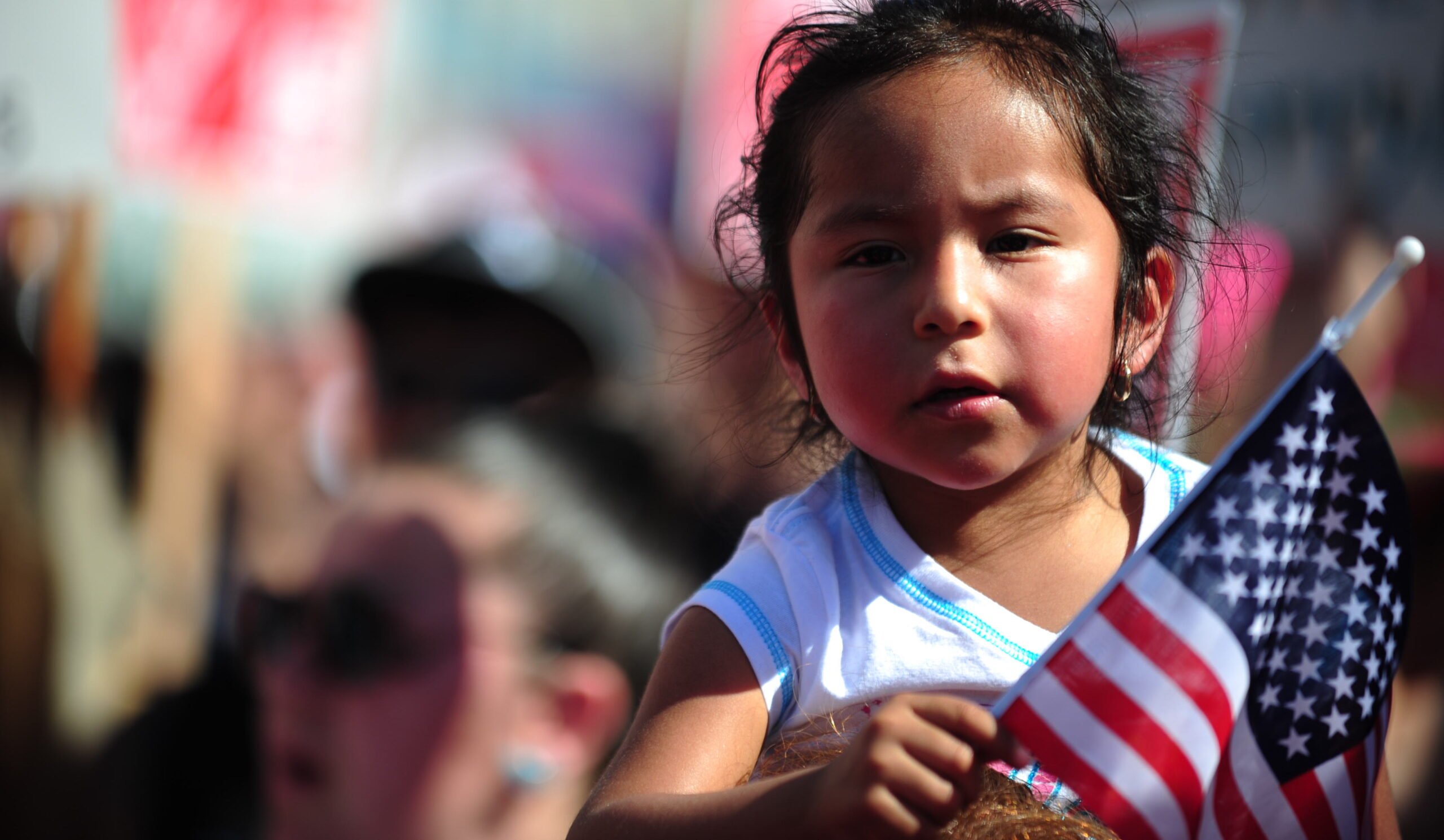ustxtxb_obs_1978_05_26_50_00018-00000_000.pdf
Page 16
A Public Service Message from the American Income Life Insurance Co.Executive Offices, Waco, TexasBernard Rapoport, Chairman of the Board Hispanic Population Countdown.. . The Spanish-surnamed population was undercounted by close to, and possibly more than, one million people in the 1970 census. In the state of California alone, this population was undercounted by 643,000. Despite this alarmingly high discrepancy, the 1970 census is widely regarded as the most accurate in history. What effect did this undercount have? A very significant one: the loss to the entire state of California as a result of the undercount included one representative to the U.S. House of Representatives and about $10 billion in federal funds for public programsprograms like the Adult Education Act, Manpower Development and Training Act, and Public Health Service. In the private sector, employers who rely on census data to determine the available pool of employee applicants received false statistics which affected their enforcement of equal employment programs. The figures we have for California give us a rough indication of the magnitude of the resulting losses for the entire country. In an attempt to correct the problems which caused the substantial minority undercount, three census advisory committees were formedone for the Spanish origin population, another for the black, and a third for the Asian and Pacific Americans. Vilma S. Martinez, president and general counsel of the Mexican American Legal Defense and Educational Fund, has served on the Spanish origin advisory committee since its inception four years ago. These committees have been trying to effect changes within the Census Bureau in order to avoid another undercount in 1980. One facet of the bureau’s effort to be more responsive to needs of minorities and, particularly, the Hispanic population, has been a series of “pre-tests” and a follow-up series of “dress rehearsals” conducted in areas of the country which have large concentrations of Hispanics. One of the pre-tests was held in Travis County, Texas, in April 1976. The problems encountered there gave us some idea of both why the 1970 undercount occurred and of the potential for future undercounts. Two members of the Spanish origin advisory committee were invited to work as enumeratorspeople who collect data from house to houseand we would like to share with you some of what went on. Committee members reported that their training was poor, both in physical facilities and in methodology; the working conditions and the pay were poor; the instructions from coordinators were confusing in many cases: “One day they said one thing and the next day they contradicted themselves.” They also reported that the questionnaires did not provide enough space to record all the members of large families. All questionnaires for the 1970 census were in Englisha major cause of the Hispanic undercount. Though Spanish language questionnaires were printed for the Travis County pre-test, they were not mailed out to respondentsdespite the large Spanish-speaking population in that county. A Spanish form accompanying the questionnaire invited respondents to telephone the office to request a questionnaire in that language. The district office was set up to handle such telephone requests for a period of only one week. According to the bureau, only 50 Spanish language questionnaires were requested. What the bureau neglected to uncover was that the people answering the telephones were often not Spanish-speaking and therefore could not communicate with the many more than 50 requests that came in. Because of its own inadequacies in this area, the bureau concluded that the need for Spanish-language questionnaires was not significant. One of three census dress rehearsals is currently in progress in La Plata and Montezuma counties, Colorado, a rural area with a large Hispanic population, much like Travis County. From what we have learned from the bureau about the dress rehearsal, several previously encountered problems have been overcome. Of the 76 enumerators who are working at the dress rehearsal, 12 are of Spanish origin; two of the eight crew leaders are of Spanish origin. Although Spanish-language questionnaires are not being mailed to individual homes, enumerators will be carrying them as they travel from door to door. Another victory the Spanish origin advisory committee had, and one which will be felt in the 1980 census, has been the inclusion of a question on race and another on ethnic origin which will appear on 100 percent of the questionnaires in 1980. MALDEF is hopeful that these two questions will be one large step in accurately counting our nation’s Hispanic populationa minority that the Census Bureau predicts will be the nation’s largest by 1990. There remains much more work to be done to ensure an accurate count in 1980. Distrust of government authorities has grown since 1970. The public must be educated as to the importance of the census and must be assured that information collected by the bureau is not used by other government agencies. Too, the bureau must make every effort to hire enough Spanish-speaking enumerators to fill the substantial need. We learned that in Boston in 1970, at least ten native Spanish-speaking candidates for enumerators were not hired because they spoke insufficient English! Obviously, such a policy was partly to blame for the 1970 undercount. In addition to being represented on the Spanish origin advisory committee, MALDEF attorneys have been testifying before congressional committees, speaking to government officials, and encouraging local communities to join in the battle for an accurate Hispanic count in 1980. Your support will benefit all of us. Won’t you help? MALDEF 501 Petroleum Commerce Building 201 N. St. Mary’s Street San Antonio, Texas 78205 Enclosed is my contribution of Name Address City State Zip Make checks payable to MALDEF. Contributions are tax deductible. MEXICAN AMERICAN LEGAL DEFENSE AND EDUCATIONAL FUND 18 MAY 26, 1978


